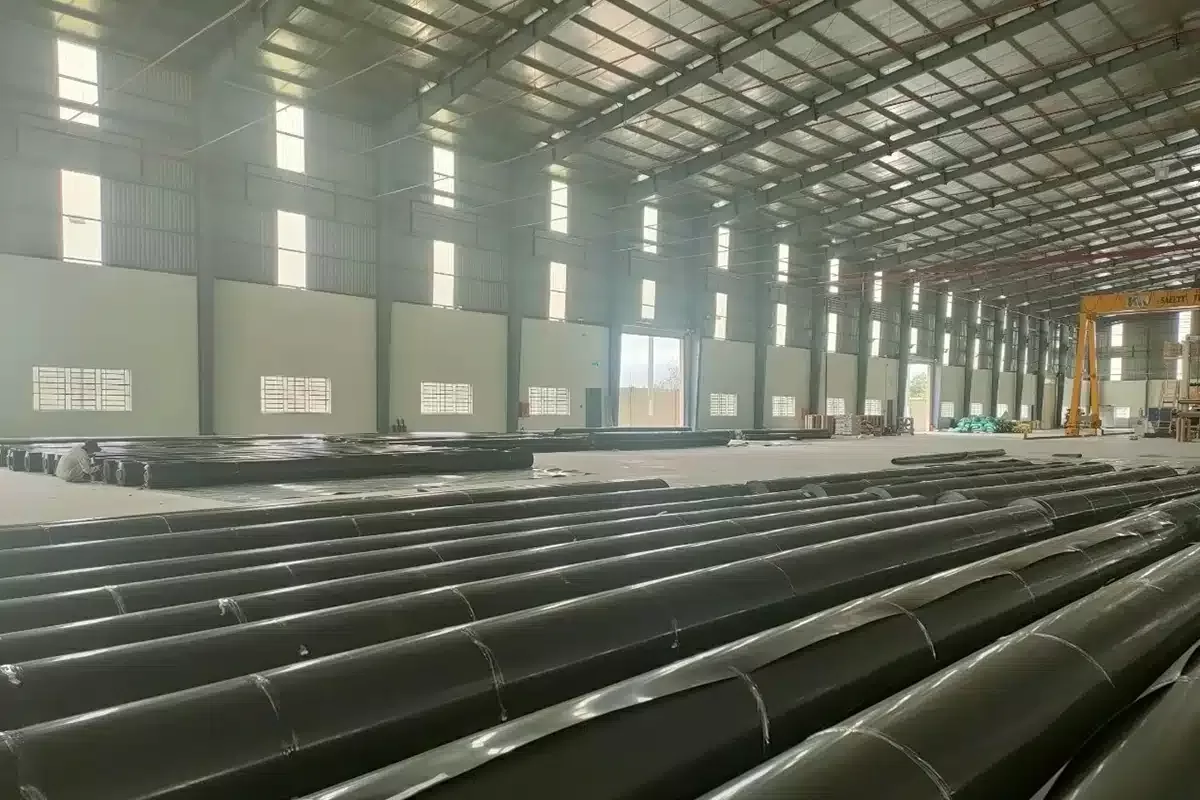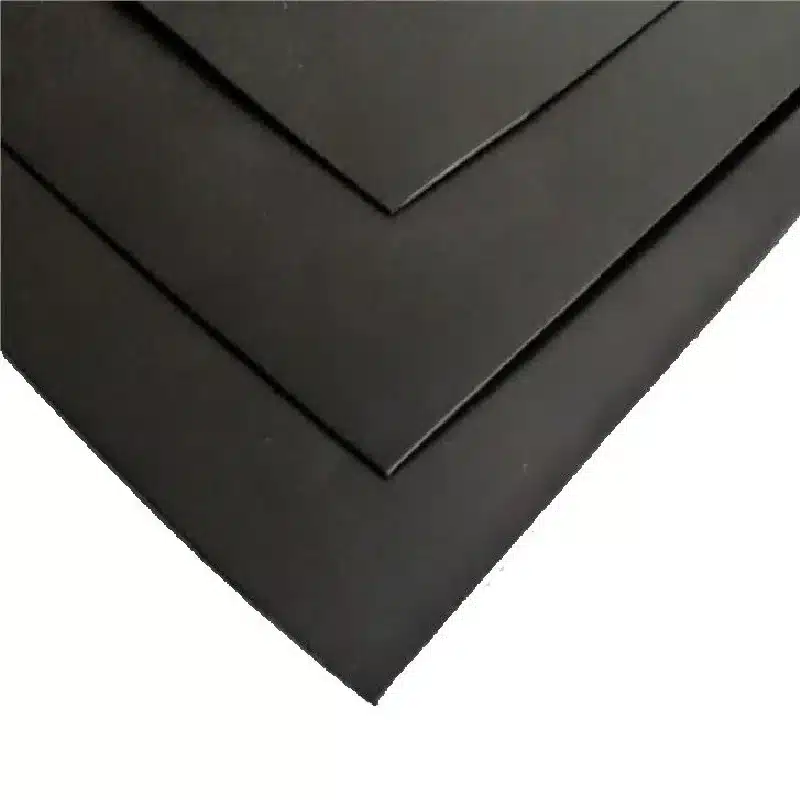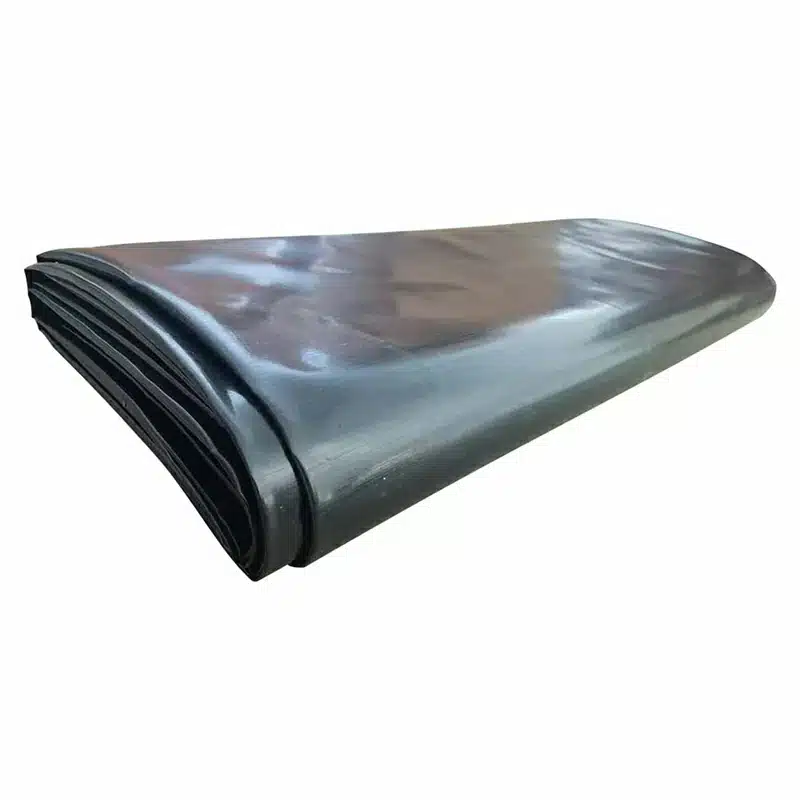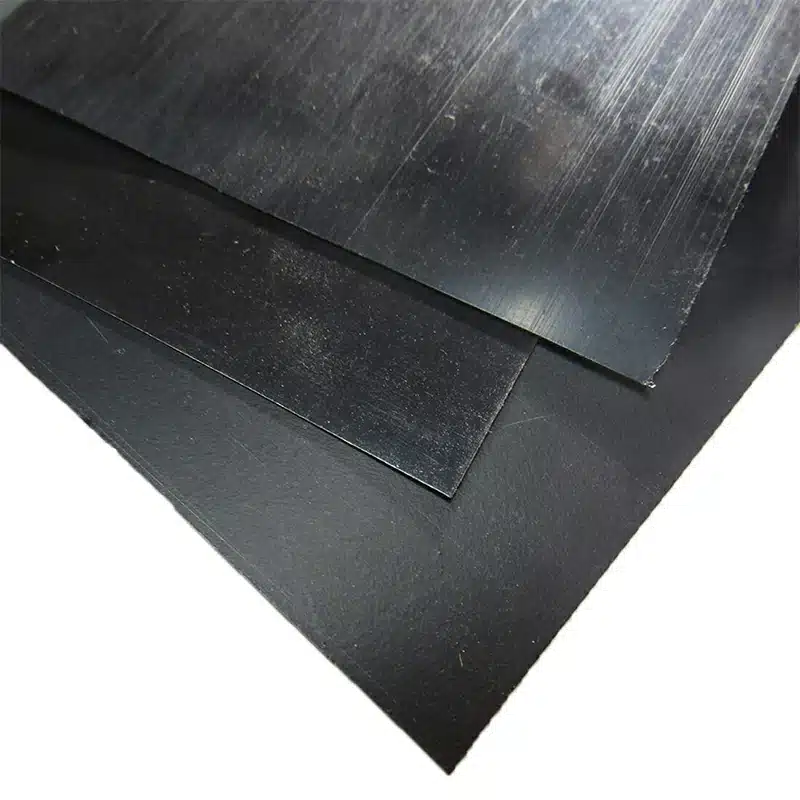Why HDPE Geomembrane Liner is Essential for Environmental Protection
The HDPE geomembrane liner is a crucial material in geosynthetics, widely used for environmental protection, containment, and water management. Its durability, chemical resistance, and cost-effectiveness make it a preferred choice for various industries. Below, we address some common questions regarding its applications and benefits.

What Are the Main Applications of HDPE Geomembrane Liners?
The HDPE geomembrane liner is commonly used in landfills, mining operations, water reservoirs, and agricultural ponds. In landfill applications, it serves as a barrier to prevent leachate from contaminating groundwater. In mining, it lines tailings dams to control toxic waste seepage. According to the Geosynthetic Research Institute (GRI), over 80% of landfills in North America use geomembrane liners for containment.
How Does HDPE Geomembrane Compare to Other Liner Materials?

Compared to PVC and EPDM liners, HDPE geomembrane liner offers superior chemical resistance, UV stability, and long-term durability. Studies show that HDPE liners have a service life of over 30 years, even under harsh environmental conditions (International Geosynthetics Society, 2023). Additionally, HDPE’s high tensile strength and resistance to punctures make it ideal for heavy-duty applications.
What Are the Key Factors Affecting the Performance of HDPE Liners?
The effectiveness of an HDPE liner depends on factors such as installation quality, material thickness, and environmental conditions. Poor welding and improper installation can lead to leakage. A study by Geosynthetic Institute found that 90% of liner failures are due to installation errors rather than material defects. Proper quality control and certified installation procedures are essential to ensuring long-term performance.
What Trends Are Shaping the Future of Geosynthetics?
The geosynthetics industry is evolving with advancements in manufacturing and sustainability. The demand for recyclable and eco-friendly HDPE geomembrane liners is expected to grow by 6.8% annually through 2030 (Market Research Future, 2024). Innovations in multi-layered liners and self-healing membranes are also improving performance and extending service life.
With continuous advancements and increased adoption across industries, HDPE geomembrane liners remain a critical component in geosynthetics, ensuring environmental safety and long-term containment solutions.



Comments
Post a Comment